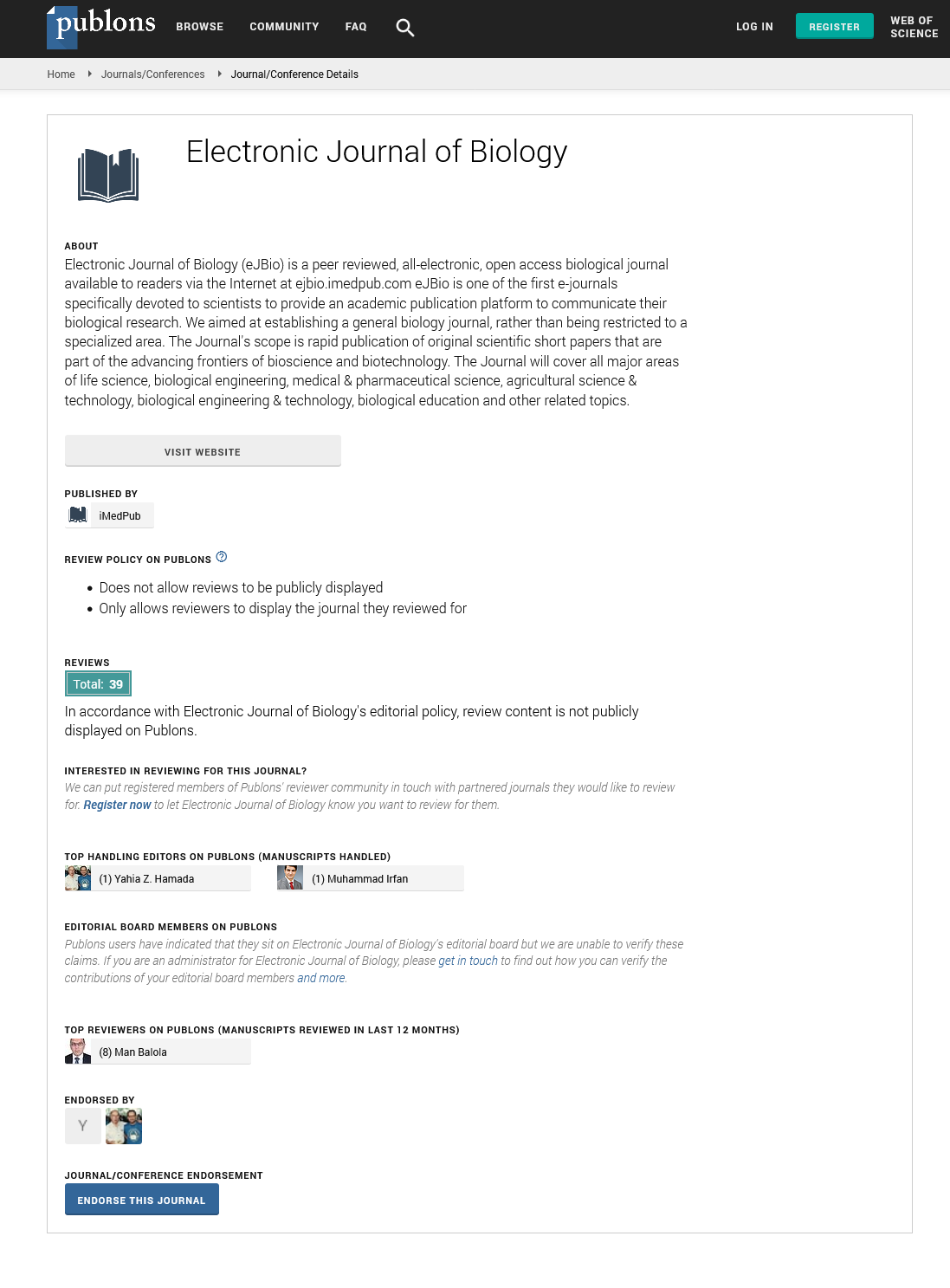Abstract
Antioxidant Enzyme Activities and DNA Damage as Biomarker of Copper Effect on Corbicula fluminea
This research was undertaken to evaluate the potential utility of several biochemical parameters as indicators of the toxic effects of copper (Cu) in the freshwater clam Corbicula fluminea. Clams were exposed to Cu concentration between 0 to 0.5 mg l-1 in aquariums for 0 to 30 days. The antioxidative enzyme activities for superoxide dismutase, catalase, and glutathione reductase were qualified by the method of Misra and Fridovich, Lucks, and Smith respectively. DNA damage was measured by single cell gel electrophoresis (Comet Assay). Antioxidative enzyme activities in clam gills from Cu were higher than control after 30 days and suggest an increase in superoxide dismutase and catalase activities. Glutathione reductase was increased in gill of clams at 0.1 to 0.5 Cu mg l-1, but Cu concentrations at 0 and 0.05 mg l-1 were decreased. The results indicated that Cu induced a relatively high level of DNA damage in hemolymph cells comparison with the control. DNA damage was elevated in clams from the Cu exposure treatment only at 5 to 15 days; by 20 and 30 days of exposure values had declined to control levels.
Author(s): Tinnapan Netpae, Chitchol Phalaraksh, Weera Wongkham
Abstract | Full-Text | PDF
Share this

Google scholar citation report
Citations : 5001
Electronic Journal of Biology received 5001 citations as per google scholar report
Electronic Journal of Biology peer review process verified at publons
Abstracted/Indexed in
- Google Scholar
- China National Knowledge Infrastructure (CNKI)
- CiteFactor
- Electronic Journals Library
- Zoological Records
- WorldCat
- Proquest Summons
- Publons
- MIAR
- Openaccessarticles.com
- Secret Search Engine Labs
Open Access Journals
- Aquaculture & Veterinary Science
- Chemistry & Chemical Sciences
- Clinical Sciences
- Engineering
- General Science
- Genetics & Molecular Biology
- Health Care & Nursing
- Immunology & Microbiology
- Materials Science
- Mathematics & Physics
- Medical Sciences
- Neurology & Psychiatry
- Oncology & Cancer Science
- Pharmaceutical Sciences


